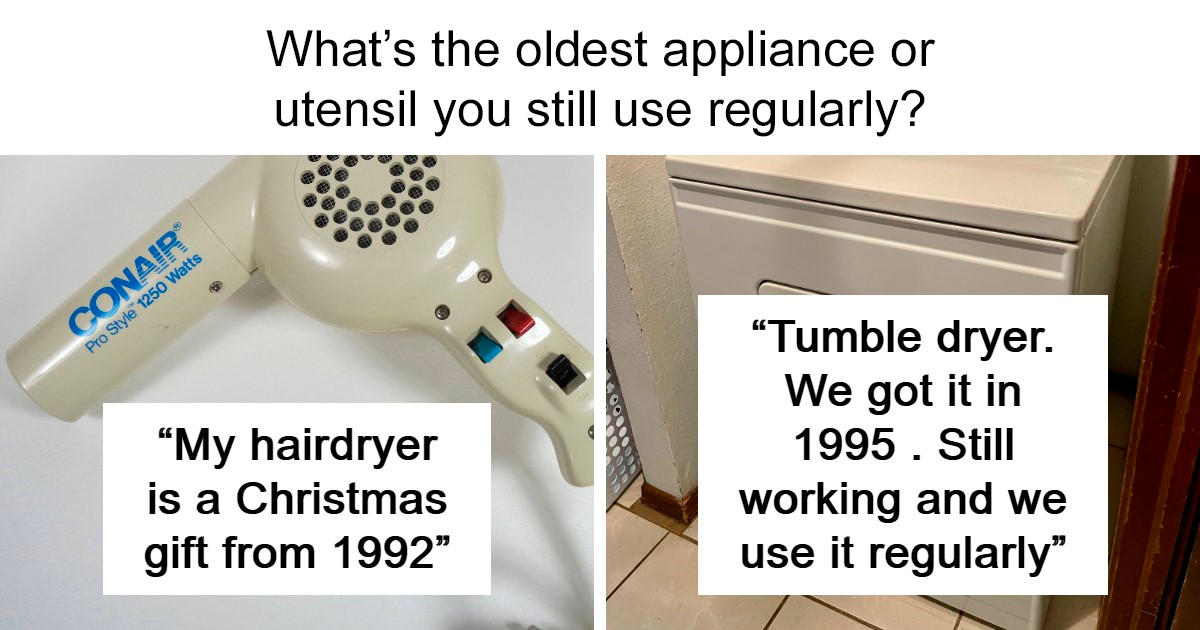Chris Hobson
Well-Known Member
- Relationship to Diabetes
- Type 2
A while ago I mentioned a piece of homespun philosophy from a work colleague called Phil. I'm not sure whether it was original to him but it was about balancing cheapness with quality.
"The real price of something is the original cost divided by how many times that you get to use it."
Here are some examples of people who took Phil's formula to extremes.

 www.boredpanda.com
www.boredpanda.com
I have a microwave oven and a vacuum cleaner both over thirty years old. I also have a Leatherman pocket knife that cost £80 that I have had for only a couple of years, but I use it several times every single day. So I'm certainly trying.
"The real price of something is the original cost divided by how many times that you get to use it."
Here are some examples of people who took Phil's formula to extremes.

“Buy It For Life”: 50 “Best Of All Time” Purchases That Didn’t Disappoint
If you’re in the market for a new fridge or pair of boots, you might want to consult this list first!
I have a microwave oven and a vacuum cleaner both over thirty years old. I also have a Leatherman pocket knife that cost £80 that I have had for only a couple of years, but I use it several times every single day. So I'm certainly trying.


